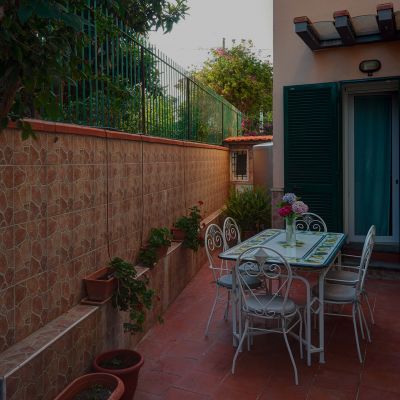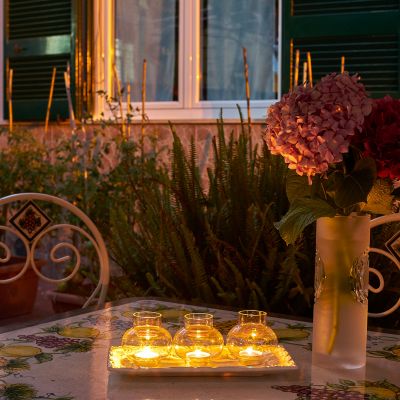
OPLONTIS
Among Vesuvian archaeological sites, buried following the dramatic eruption in 79 A.D., Oplontis is probably the one that offers the most significant monumental evidence of the Pompeii suburbs.
The group of Roman era buildings found, beginning in the Bourbon period, in the modern city of Torre Annunziata, is comparable to an actual city suburb, administratively subject to the jurisdiction of Pompeii.
What is special about Oplontis is the presence of two monumental buildings of different purposes: Villa A (the so-called Villa of Poppea), a grandiose and luxurious residential complex and the Villa B (of L. Crassius Tertius), currently not open to the public, that was a business center around processing agricultural products, particularly wine and oil.
VILLA A, ALSO KNOWN AS VILLA POPPAEA
The only monument of the ancient Oplontis currently open to visitors is a large residential villa, yet to be completely unearthed. It dates back to the mid-1st century B.C. and was enlarged during the early Imperial Age. In the past, the villa overlooked the sea offering a panoramic view, and boasted magnificent décor, some exceptional traces of which are still preserved today. According to an inscription painted on an amphora, the villa could have belonged to Poppaea Sabina, Emperor Nero’s second wife, or to her family. The inscription mentioned Sucundus, one of Poppaea’s slaves or freedmen. When the volcano erupted, the villa had probably been mostly empty owing to the work in progress required following damage caused from seismic activity, and resulting in the removal of many architectural and decorative elements.
The spatial organisation of the large complex is based on perspective axes, symmetries, and backgrounds comprising gardens richly decorated with sculptures and fountains. The most ancient part of the villa surrounds the Tuscan atrium with magnificent Second style paintings, and includes richly decorated rooms for resting and dining as well as living rooms, all lit by windows opening on the garden overlooking the sea. The villa also had private thermal baths heated from the kitchen, which were later turned into the living room. The slave quarters on the east side are built around a peristyle with storage rooms and bedrooms for the servants and slaves facing onto a central fountain. From the south-west corner of the peristyle, an underground tunnel ran under the 16th-century Sarno Canal and up to a cryptoporticus overlooking the sea. The collapsed remains of this cryptoporticus have been found during recent excavations.
Around the mid-1st century A.D., the villa was expanded towards east with the construction of a huge 61x17 metre swimming pool. Along the pool were dining rooms, living rooms, apartments for the guests, and small winter gardens decorated with amazing paintings. Paleo-botanical studies allowed reconstruction of the original plants in these gardens: box hedges, oleanders, lemons, plane trees, olive trees, cypresses, roses and climbing ivy, which used to grow luxuriantly and were complementary to the sculptural and architectural decorations.
more:



